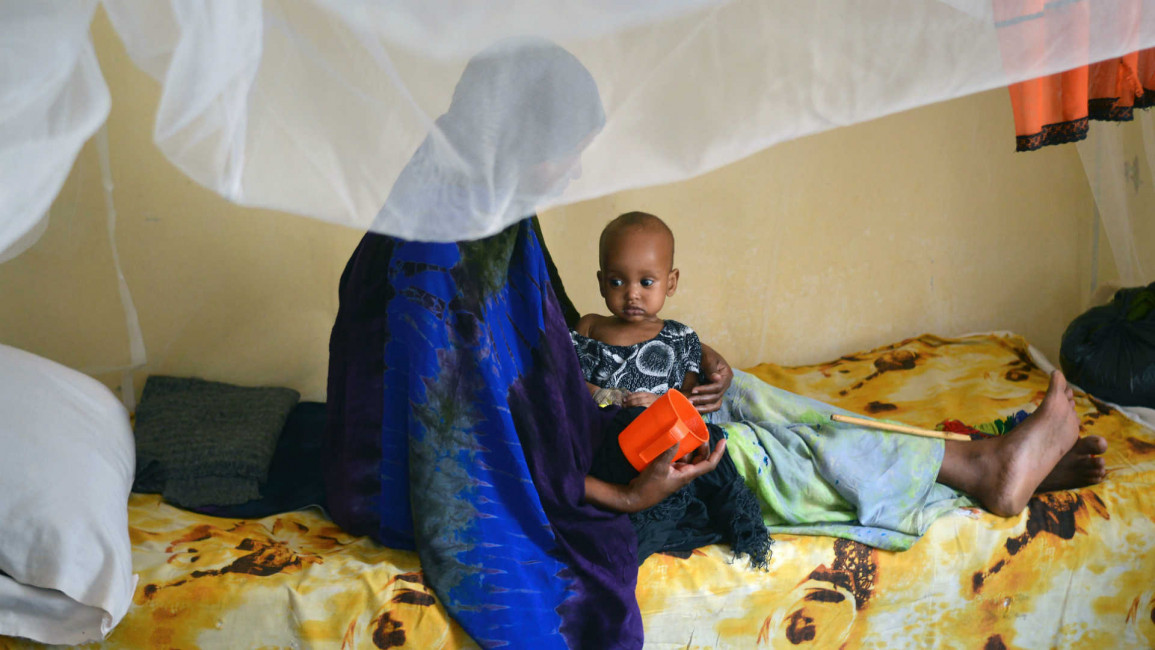The number of Somalis facing disaster increased ten times in ten months
There were 866,000 people in the 'Emergency' phase (IPC Phase 4) in November 2017 - up from 83,000 people in January 2017, the latest humanitarian bulletin reported on Thursday.
"[Somalia] continues to face drought conditions spanning over four consecutive poor rainy seasons that severely aggravated the humanitarian crisis," the UN Office for the Coordination of Humanitarian Affairs (OCHA) said in its November bulletin.
Somalia's humanitarian crisis is expected to worsen in 2018, as the UN's latest forecast predicts that 6.6 million people - around 50 percent of Somalia's total population - will require humanitarian assistance and protection.
Half of that number - 3.3 million people, representing a quarter of the total population - are expected to require emergency food, water and medicine supplies.
This emergency level is also reflected in the country's nutrition rate - now at 17.4 percent. The emergency threshold stands at 15 per cent.
Save the Children, a humanitarian organisation, reports that 9.5 percent of children under five are severely malnourished in the district of Mataban alone.
"Drought and conflict have continued to be the principal drivers of humanitarian needs in Somalia," said Peter de Clercq, the UN's humanitarian coordinator for Somalia
Somalia has experienced several years of poor rainy seasons, which has made it impossible to grow crops or maintain the country's extensive livestock population.
OCHA has previously blamed the 2015-2016 El Niño phenomenon for the poor rainfall, referring to a shift in global atmospheric pressure that occurs every six - seven years.
The Deyr rainy season, lasting from October to December, started late again in 2017 however and is generally performing below average - marking a "fourth failed rainy season", according to the UN. OCHA added on Thursday that the long-term forecasts for the Gu rainy season, lasting from April to June 2018, were "grim".
The current humanitarian situation in Somalia comes only six years after a drought last hit Somalia, killing 250,000 children in 2011.



